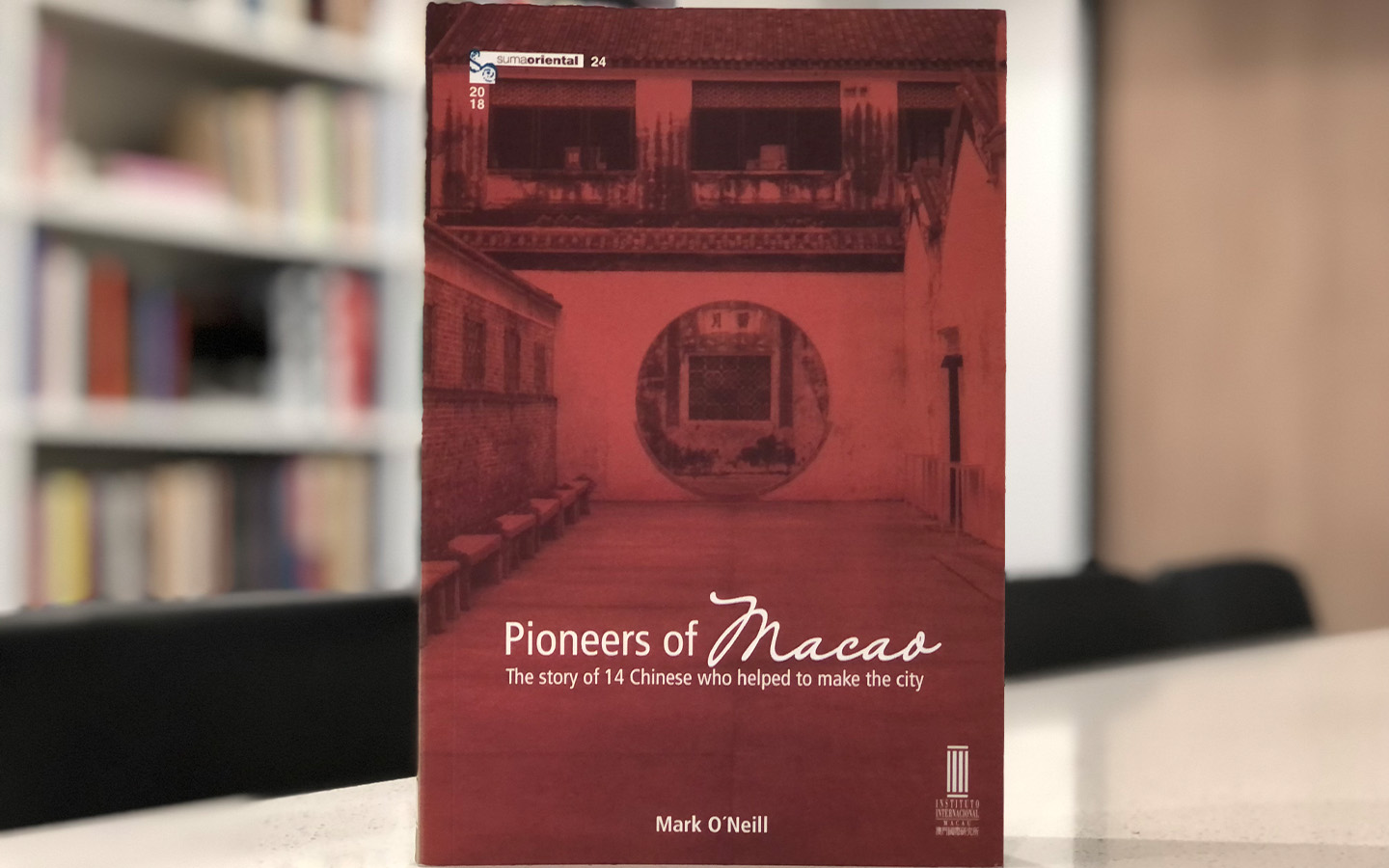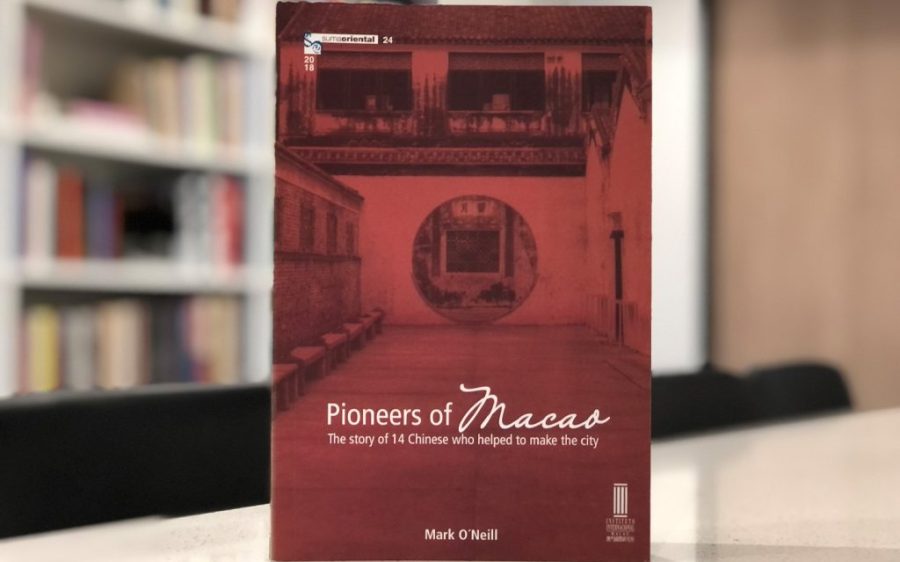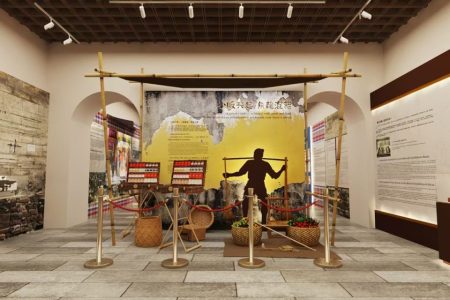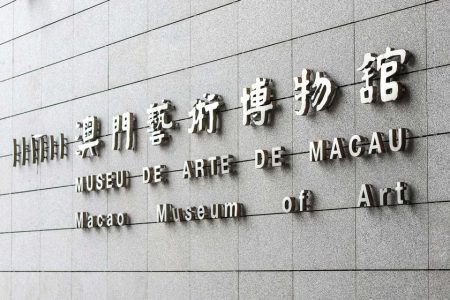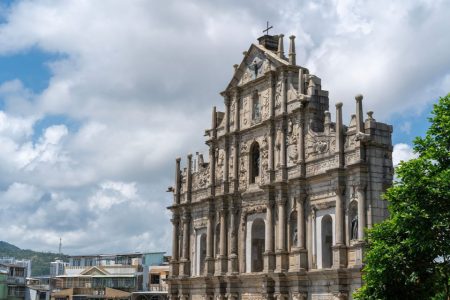Across the tightly packed Macao peninsula, both Western and Eastern structures crowd the urban landscape. Known for showcasing both traditional and contemporary influences in its architecture, the city has become a popular backdrop for photographs that find their way onto the scrolls of social media posts around the world. And now with several refurbished buildings reopened to the public, stories from the past have also reemerged, helped in part by a book published almost a decade ago.
Mark O’Neill’s Pioneers of Macao narrates the lives of 14 Chinese individuals, many who are tied to the celebrated landmarks of the city. The book opens with literary figure Zheng Guanying, whose Mandarin’s House, located on Travessa de António da Silva is not only a photogenic draw for its Chinese style courtyards, but furthermore the home where he completed Shengshi Weiyan (Words of Warning in Times of Prosperity), a manuscript that called for the modernisation of China.
[See more: Roger Crowley’s Conquerors recounts the 16th century quest for knowledge – and the ethical cost]
For most historical literature, not much tends to change on a yearly basis. Fortunately, since the 2018 publication of Pioneers of Macao, several buildings have been restored and made accessible, enabling previous readers, or perhaps invigorating a new audience, to explore a city and uncover its unique heritage.
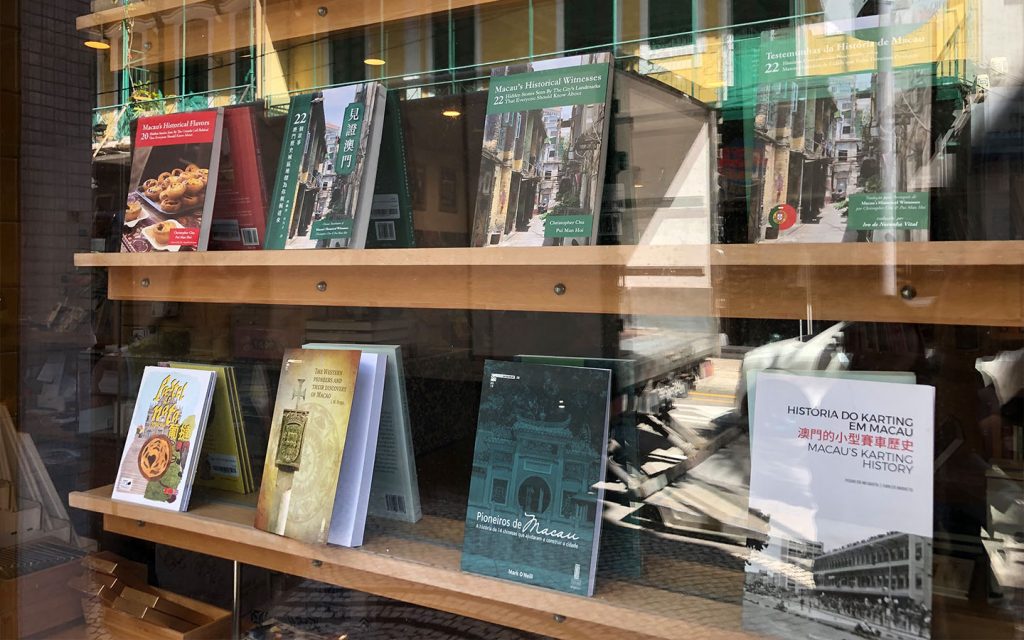
New historical witnesses
After an eight-year refurbishment, Hotel Central has reopened along Avenida de Almeida Ribeiro. Originally built in 1928 as the six-storey Hotel President, the operations were transferred to businessmen Fu Tak-iam and Kou Ho-ning in the 1930s who later renamed the hotel after winning the new gaming concession.
Accentuating Kou’s legacy is the nearby Tak Seng On Pawn Shop while Tong Sin Tong hall links both Fu and Kou to their charitable work. But further down the road, stands the art deco designed Grande Hotel, reopened in 2023 after its doors were closed for nearly three decades.
When the original building was established in 1941, the Grande Hotel stood out as the tallest structure in Macao, prompting Fu and Kou to construct additional floors to their hotel, a move initially delayed by local authorities but eventually approved by the Portuguese Supreme Court in Lisbon. Both properties flourished during the Second World War, as Macao became a sanctuary for the affluent.
“The reopening of these facilities presents a rare opportunity to walk into the past while simultaneously learning about the stories of those affiliated with these establishments,” O’Neill shares with Macao News, remarking that to know the personal challenges of those featured in his book is to know the history of Macao.
Hotel Central and Grande Hotel complement the litany of Macao landmarks available to the public. Pioneers of Macao includes the story of Sir Robert Ho-tung, a successful comprador whose former residence is now a public library in Santo Agostinho Square. The author also writes about Lou Kau, a Chinese merchant whose mansion lies hidden away on Travessa da Sé, just between the St. Dominic’s Church and Cathedral of the Nativity of Our Lady.
[See more: The Best Off-the-beaten-track Museums in Macao]
While some shops, such as those operated by photographers Wong Man-dat and Lo Sai-dong on Avenida de Almeida Ribeiro, no longer exist, visitors can still stroll to Dr. Sun Yat-sen’s Chong Sai Pharmacy, refurbished in 2016, or to the Morrison Chapel where Florence Li Tim-Oi, the first woman priest in the Anglican Church, once served as minister.
With more than a dozen episodes featured in his book, the Macao News contributor believes that the “new” old buildings will continue to attract historical interest to the city. However, because the Grande Hotel and Central Hotel operated within living memory, he wouldn’t be surprised that even more compelling stories emerge in the near future.
Pioneers of Macao: The Story of 14 Chinese Who Helped Build the City was originally published by the International Institute of Macao in 2018 and later translated into Portuguese by Fernando Correia, taking the title Pioneiros de Macau: a história de 14 chineses que ajudaram a construir a cidade. Both versions of O’Neill’s book can be found at Livraria Portuguesa, located in the heart of the Historic Centre of Macao.
